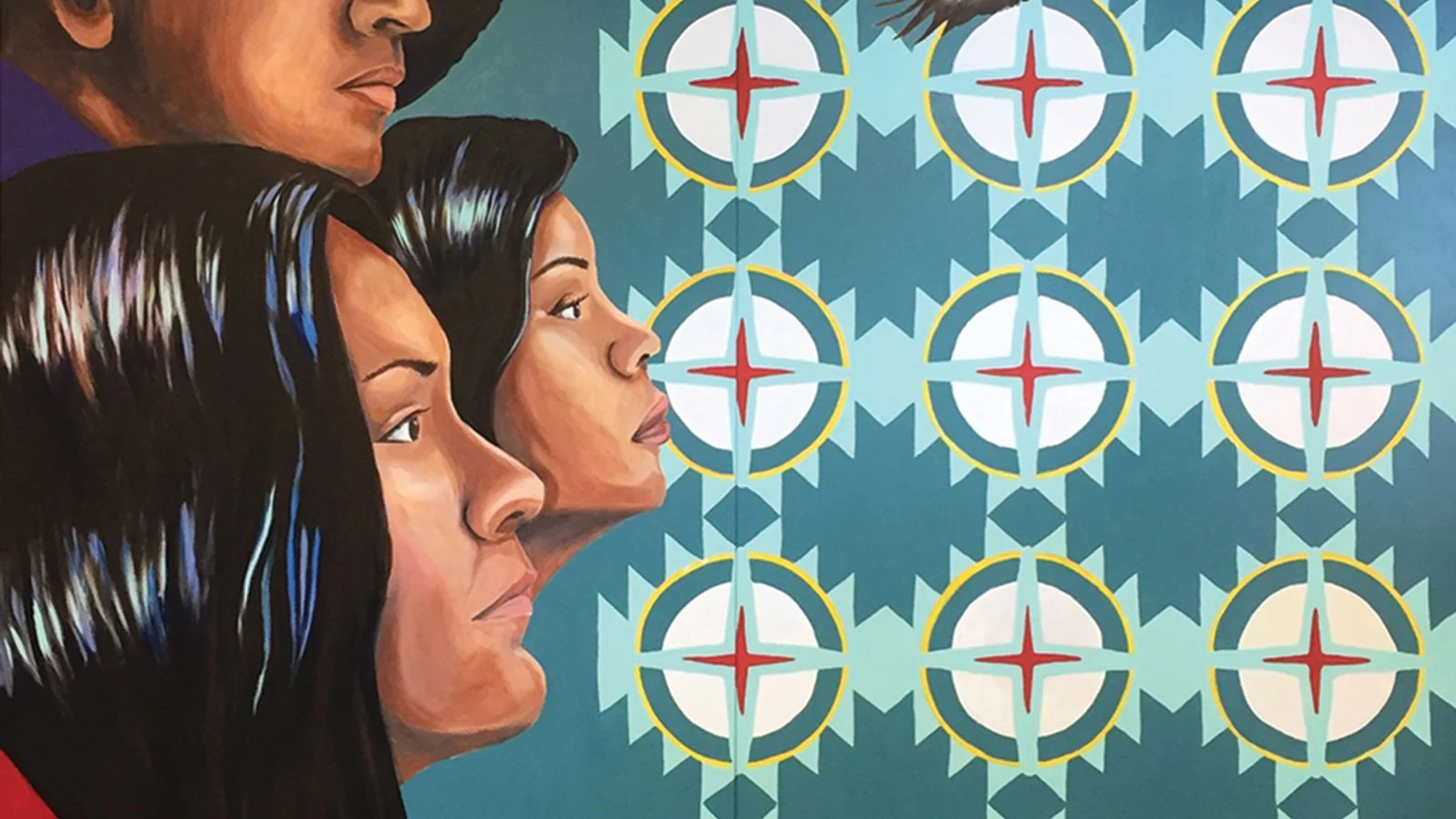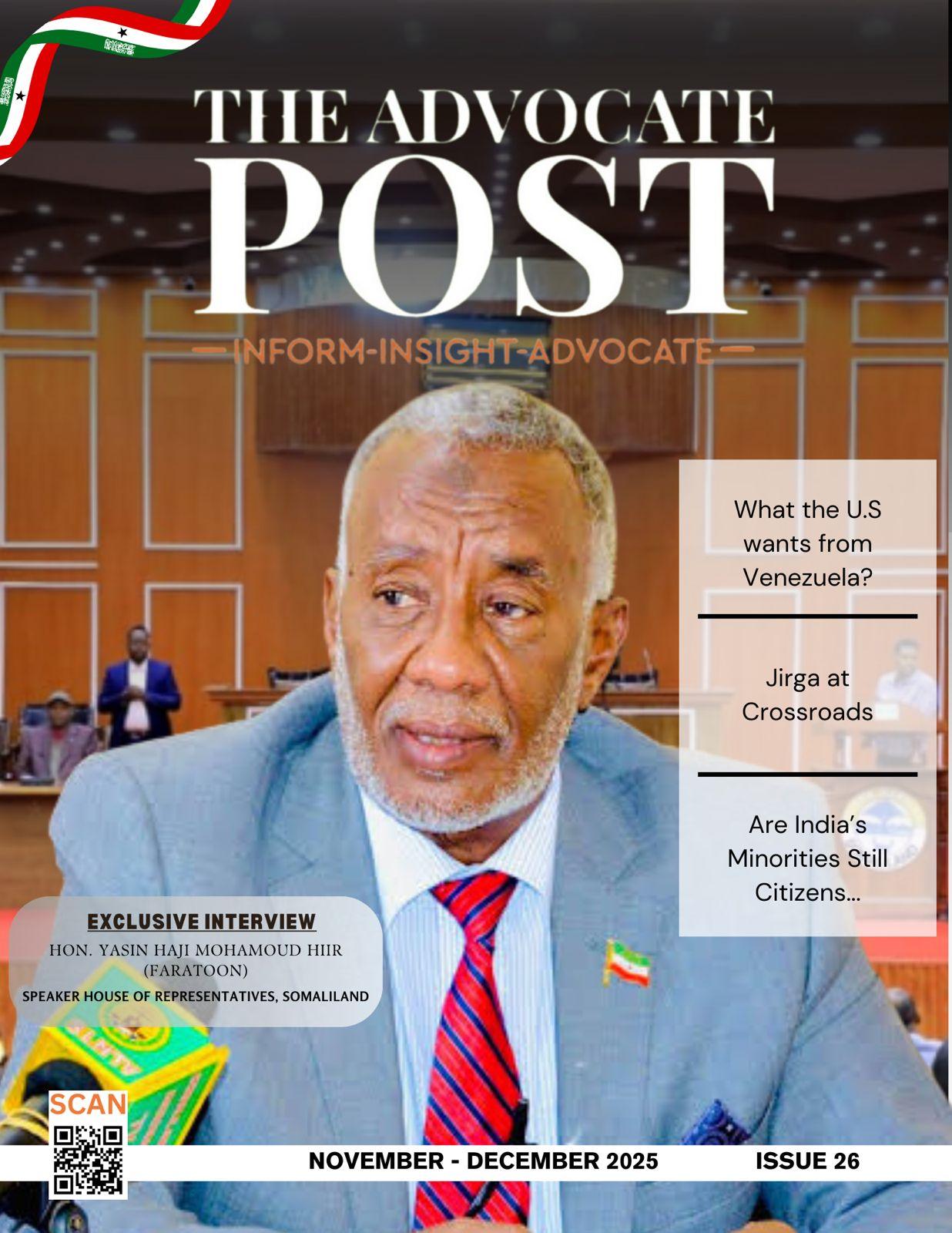By Liza Zurabiani (Georgia)
For an ordinary person, even just walking through the Venice Biennale is a simple act. When you walk through the Venice Biennale, you will see art examples from all around the world. If you look at them and with more attention, you will see the patterns and art techniques of Latin America, Africa and etc. their main aim is to adapt their work to meet western tastes. Minimalist designs, conceptual pieces, abstract installations-these are the main styles which are recognized by the international cultural stage. Yet, in the spotlight, in villages and workshops that are often ignored by the global art market, traditional art is preserved in its purest form, and make no mistake: these works are not relics of the past. They are acts of resistance that quietly defy cultural erasure, political suppression, and the homogenizing pressures of globalization.
Half a world away, Aboriginal dot paintings in Australia serve a purpose about which I am talking. To the casual observer, they may appear abstract, almost decorative. Yet each line, each dot, represents ancestral stories, pure landscapes and claims to lands that colonial powers had violently appropriated. In the 1970s and 1980s, Aboriginal artists began exhibiting these works in galleries not just for sale but as political statements demanding recognition and respect. As for today, artists like Lin Onus are globally and culturally recognized, but the essence of their work is to affirm sovereignty and survival visual resistance to centuries of oppression.
Another example is considering the textiles of the Quechua people in the Andes. Each intricate pattern, each geometric figure or woven animal-they all consist of different generations of local stories, knowledge, and myths. One of the most interesting facts is that during the colonial era, European rulers sought to suppress Indigenous customs and languages, seeing them as obstacles to assimilation. Yet weaving survived. Even when worn under Western clothing or purchased in markets, these textiles preserved memory, silently resisted cultural domination, and conveyed identity. The main point is that each stitch was a statement:
“We exist, we are remembered, and we will not disappear’’.
Closer to my home Georgia is a shining example of how to preserve culture and identity. Handicrafts such as wood carving, enameling, and textile art contain everything that relates to local history, various myths, and rituals. These are not classic, static museum pieces of art – they are passed down from generation to generation, different generations use them in practice. Young craftsmen or workers learn techniques passed down from their grandparents and, despite modern pressures, are aimed at adopting the harmonious aesthetics of Western design. The main conclusion from this is that our traditions and history are particularly important not only in the past, but also in the present.
Traditional art is particularly powerful when used as a tool for socio-political resistance. For example, in Latin America, Indigenous people use textiles to raise awareness about land rights and environmental degradation. In the Mexican city of Oaxaca, women make tapestries and carpets that contain references to threatened ecosystems and stolen territories. In this sense, resistance is not passive, it is strategic, creative, and initiative taking. However, globalization complicates the situation. Platforms such as international galleries, online or even local auctions provide unprecedented visibility, but they often require artists to adapt their work to Western standards. For example, African sculptors are told to create minimal, modern forms, not sculptures that conform to their standards and expressions. Local artists may be asked to modernize these works. A cultural art market is focused on European and American culture and norms.
Cultural anthropologists emphasize that art is not just decorative, it is communication, memory, and identity in motion. Clifford Geertz reminds us that culture is a web of meanings that is constantly being negotiated and reinterpreted. Traditional art embodies this principle. Whether it is the geometric symbolism of Quechua textiles, the sacred maps of Aboriginal paintings, or the ritual motifs of Georgian crafts, these works encode complex histories, relationships, and spiritual understandings. They exist not because they are static, but because they are living, evolving practices that affirm the existence and sustainability of their communities.
We can say that traditional, classical art challenges the way we value culture. Western institutions often draw strict lines: modern art is innovative, and traditional art is ethnographic. This is not surprising for them, because for centuries they have had a similar attitude, even towards Eastern culture and art. The main meaning and significance of art is precisely to not forget the past, to oppose evil forces and to convey a narrative that defines one’s own identity. Each line, or ornament, conveys and preserves knowledge of the past, which is important on a cultural and historical level. In today’s modern world, we perceive the existence of traditional art as a form of rebellion, and it should be so. Traditional art is the word of the past in the present, telling us to undo the past and make the past the main companion of the present.
Author is from Tbilisi, Georgia. Correspondent of The Advocate Post, an international relations student, passionate about global politics, culture, and storytelling. With a strong interest in journalism, she seeks to amplify diverse perspectives and foster dialogue across borders.






This Post Has One Comment
Pingback: Jirga at the Crossroads: State, Militancy, and the Struggle for Legitimacy - The Advocate Post